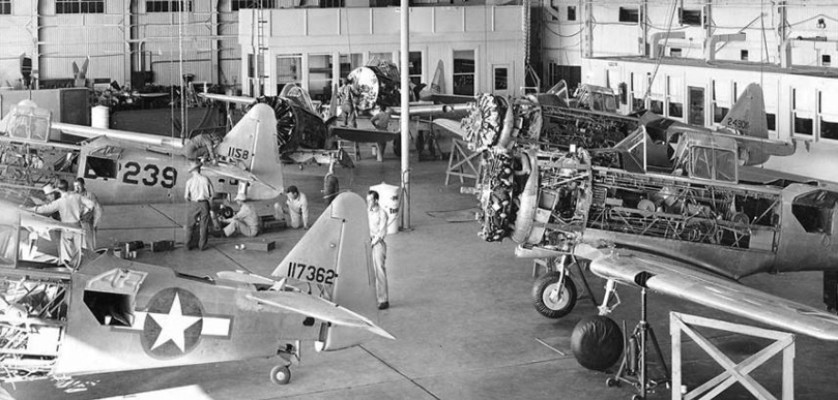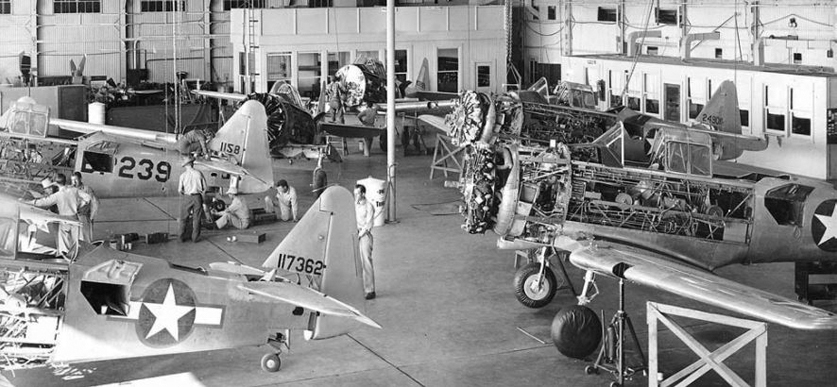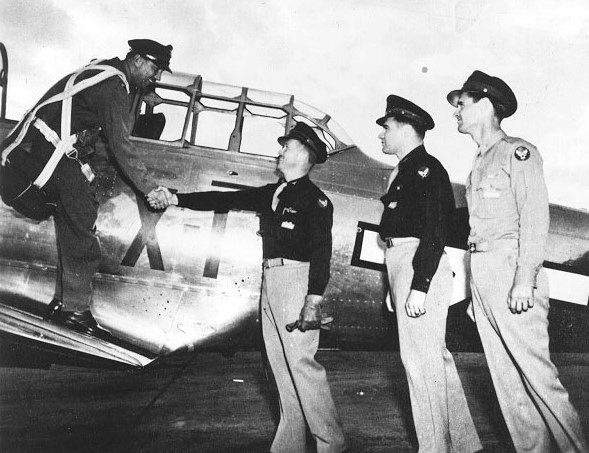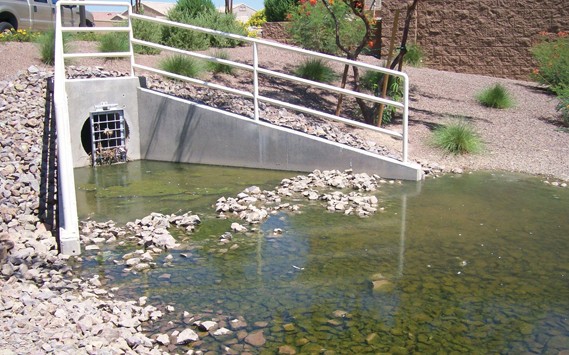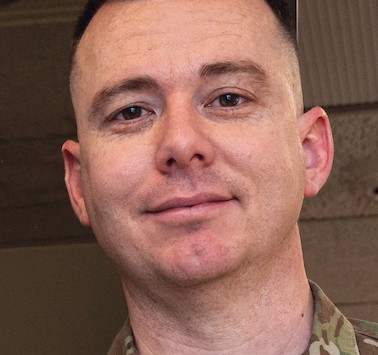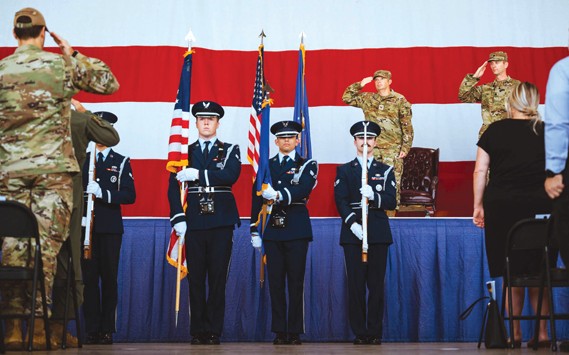In 1940, the U.S. Army sent a representative to Arizona to choose a site for an Army Air Corps training field for advanced training in conventional fighter aircraft. The city of Phoenix bought 1,440 acres of land, which they leased to the government at $1 a year effective March 24, 1941. On March 29, 1941, the Del. E. Webb Construction Co. began excavation for the first building at what would later become Luke Field.
The first class of 45 students, Class 41 F, arrived June 6, 1941, to begin advanced flight training in the AT-6, although only a few essential buildings had been completed. Flying out of Sky Harbor Airport until the Luke runways were ready, pilots received 10 weeks of instruction and the first class graduated Aug. 15, 1941. Capt. Barry Goldwater served as director of ground training the following year.
During World War II, Luke was the largest fighter training base in the Air Corps, graduating more than 12,000 fighter pilots from advanced and operational courses in the AT-6, P-40, P-51 and P-38, earning the nickname, “Home of the Fighter Pilot.”
1940s
The majority of heavy maintenance for Luke Field’s aircraft was performed by civilians during WWII.
1944
Luke’s one millionth flying hour
On Feb. 7, 1944, Luke Field completed 1,000,000 hours of flying, a milestone in its progress and development. As the hour of expectancy approached, Col. John C. Nissley, commanding officer, climbed into ship X-1 and logged the remaining minutes. On the flightline to greet Col. Nissley were Col. Lester S. Harris, director of training, under whose supervision the total flying time was amassed, Maj. Hugh A. Griffith, Jr., base operations officer, and Capt. William A. Payton, assistant operations officer.
1964
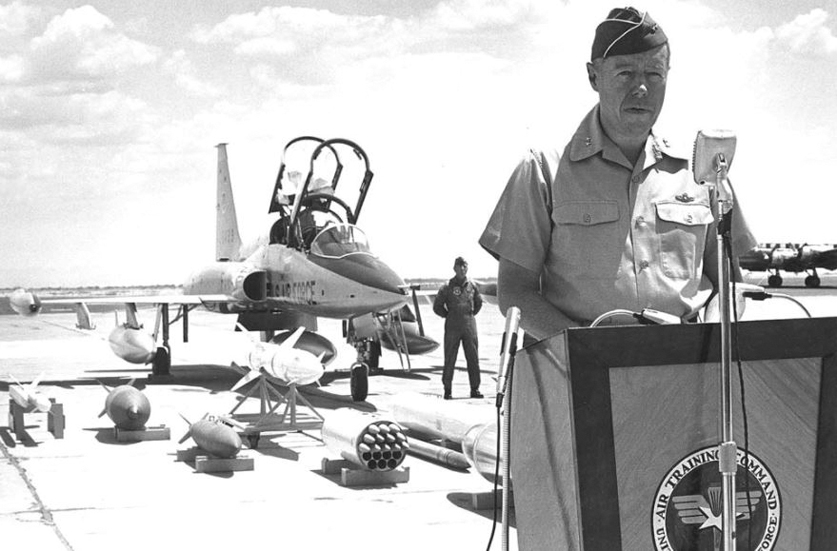
Maj. Gen. John Meyer, 12th Air Force commander, accepted the first F-5A Freedom Fighter on April 30, 1964, for Luke’s F-5 International Fighter Training Program.
1974
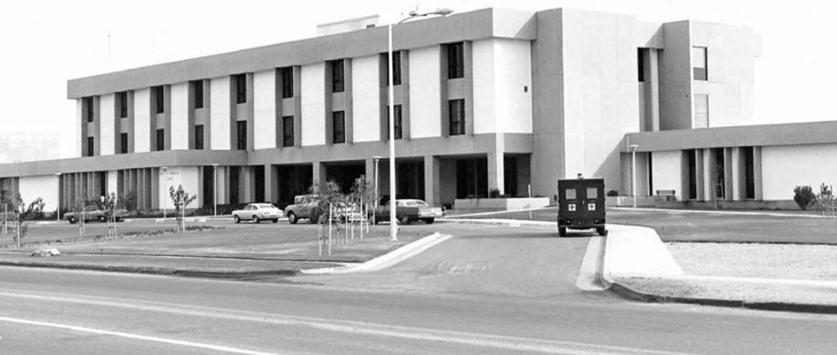
A new hospital opened at Luke Air Force Base on Nov. 8, 1974, and replaced the temporary structure built in 1942.
1987
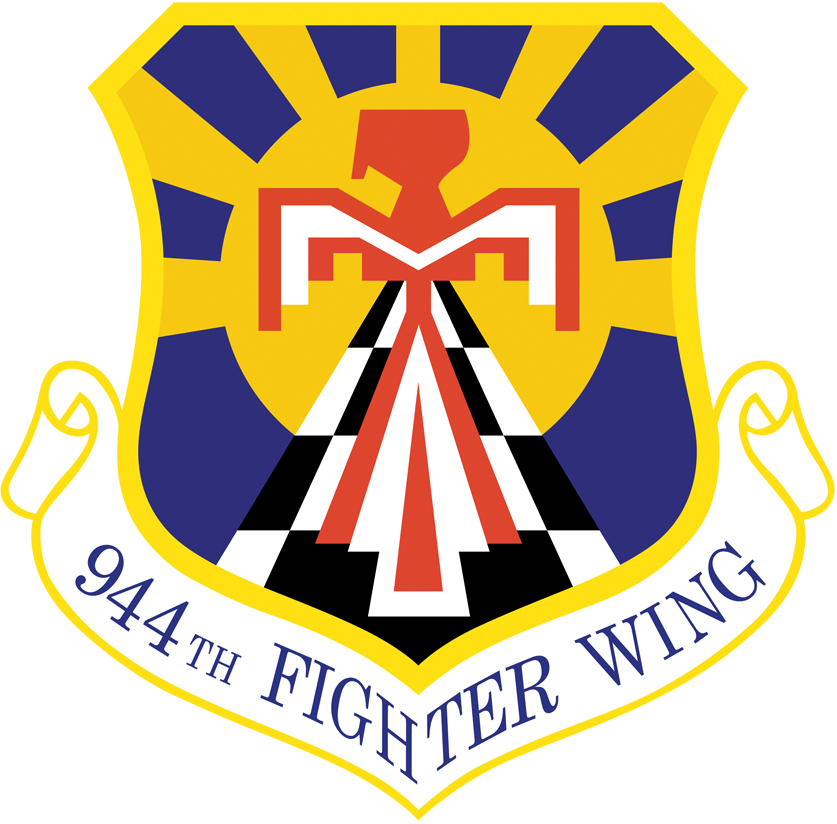
In July 1987, the Reserve function at Luke changed when the 302nd Special Operations Squadron deactivated its helicopter function, and the 944th Tactical Fighter Group was activated to fly the F-16C/D at Luke Air Force Base.
1994
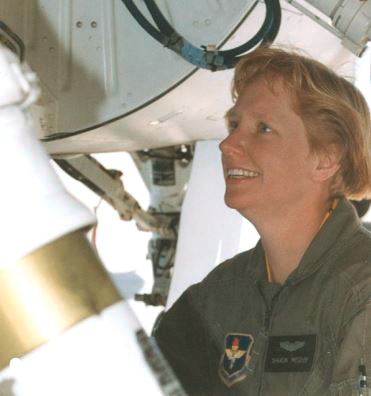
On Sept. 21, 1994, Capt. Sharon Preszler graduated from 61st Fighter Squadron at Luke Air Force Base, becoming the first female Air Force F-16 pilot.
1994
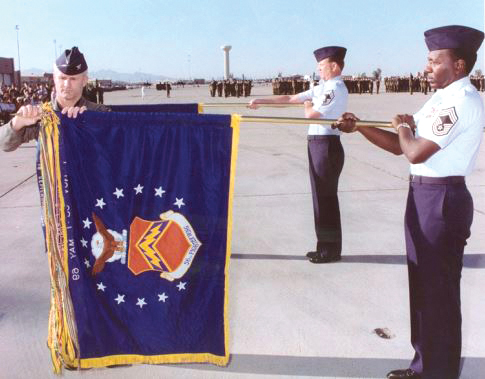
The 56th Fighter Wing flag with its many campaigns and awards streamers was unfurled for the first time April 1, 1994, when the wing took over host unit duties.
1996
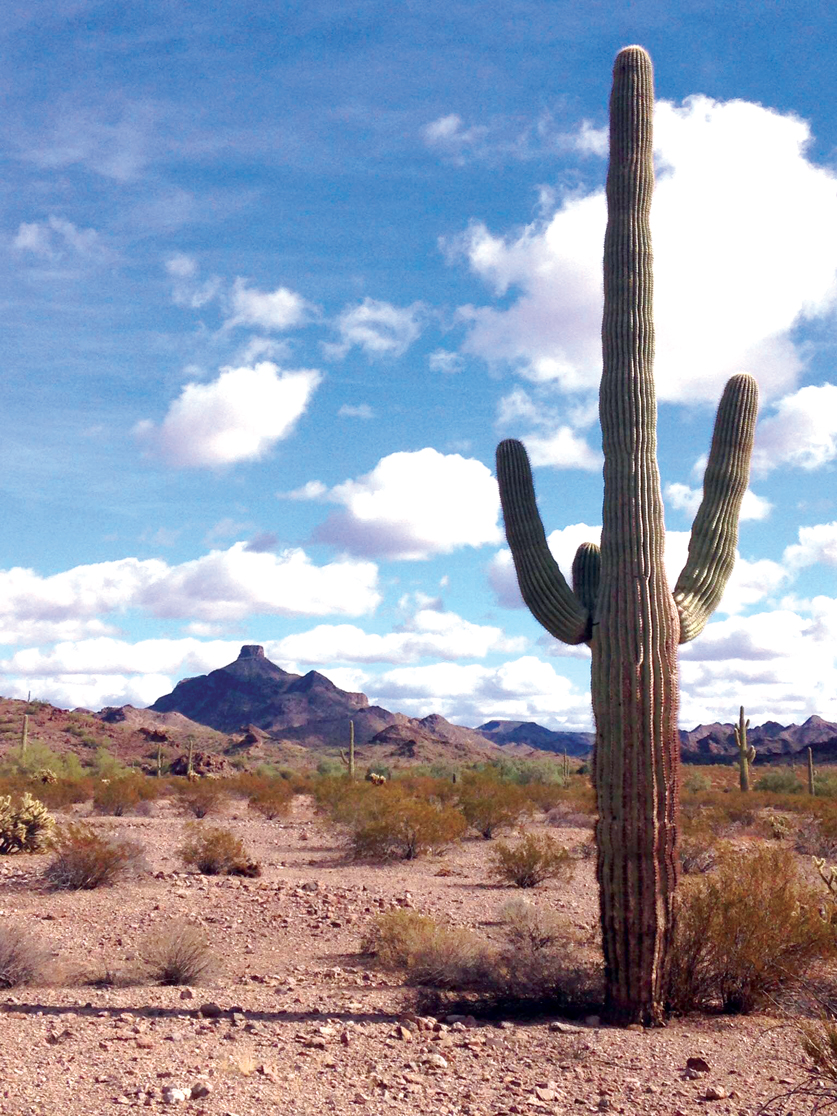
On Oct. 23, 1996, the 56th Fighter Wing formed the 56th Range Management Office by merging three functions. Today, the 56th Range Management Office is responsible for more than 200 military, civilian and contract personnel who operate the 1.7 million-acre Barry M. Goldwater Range and Gila Bend Air Force Auxiliary Field. They direct all operational environmental stewardship activities to ensure sustained range operations. They are also responsible for the 11 million acres of airspace assigned to Luke AFB. In resolving airspace and land management issues, they liaise directly with 15 separate Federal and State of Arizona agencies, as well as 26 Native American tribes
2005
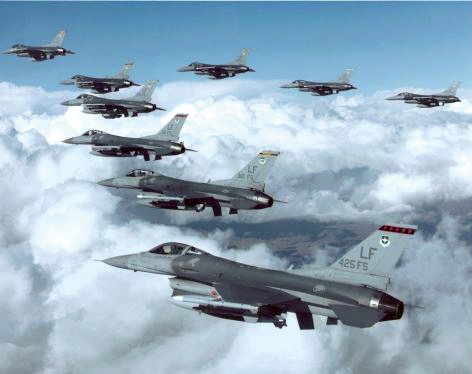
In 2005, the 56th Fighter Wing was the world’s largest fighter unit with eight fighter squadrons assigned that boasted an aerial fleet made up of 189 F-16 Fighting Falcons. As of today, the 56th Fighter Wing has two F-16 squadrons assigned to Luke, with additional FMS squadrons training on station, and several F-35A squadrons as well, making it the largest fighter wing in the world.
2013
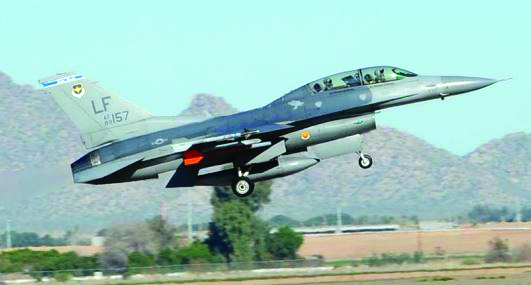
On March 13, 2013, 1st Lt Matthew J. Wetherbee, a 309th Fighter Squadron student pilot, flew Luke Air Force Base’s 1,000,000 U.S. F-16 flying hour in Tail No. 89-2157.
2014
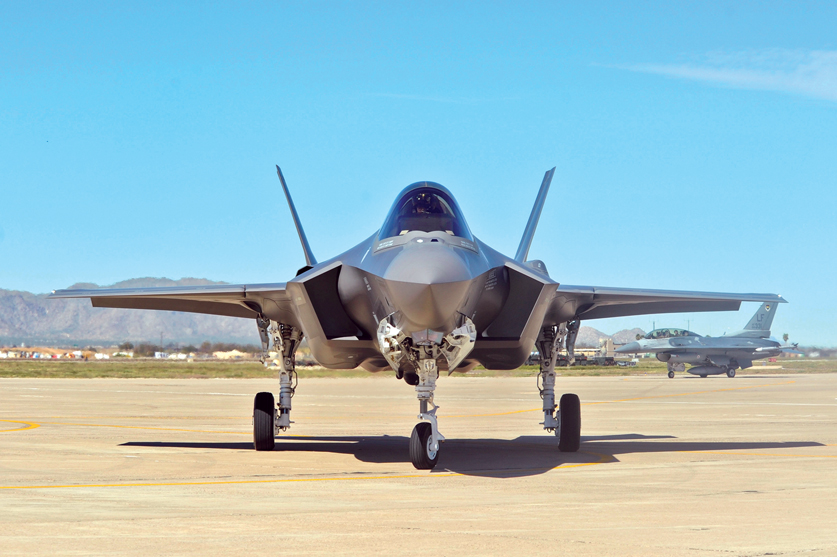
The F-35A Lightning II makes its first appearance March 10, 2014, at Luke Air Force Base, Arizona. The aircraft was flown in directly from the Lockheed Martin factory at Fort Worth, Texas, and is the first of 144 F-35s that will eventually be assigned to the base.






